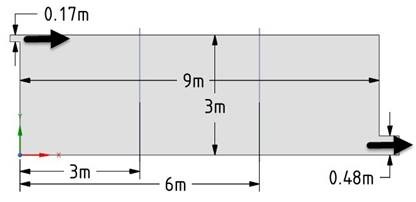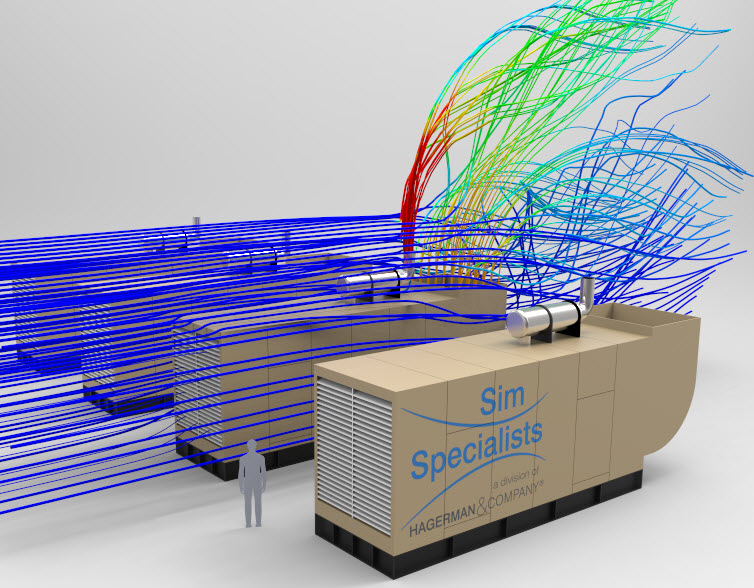Computational Fluid Dynamics (CFD) software is used to virtually simulate fluid flow and heat transfer conditions. But can it duplicate real world results and provide useful performance insight?
The answer is yes. In the right hands, using the correct inputs and procedures, CFD software can replicate actual physical test results.
As expert CFD consultants, we are always testing not only the capability of the software packages we use, but also our own techniques and knowledge. One method of achieving this is by benchmarking CFD results with those of validation manuals, text books and published whitepapers. For example, consider this large room of recirculating air:

This setup produces a recirculation path as shown in the velocity vector plot, from a CFD simulation, below.

The CFD results provide detailed information, but are they plausible? The graph below compares the physical test data, from the whitepaper, with several of the popular CFD codes that we use.

The CFD results do compare favorably with those from the actual test. In this case, standard settings were used for the CFD codes to see how well they would perform “out-of-the-box”. It is possible to get even better correlation by further “tuning” the model with advanced mesh and solver settings. However, caution must be used since the accuracy of the physical test itself (e.g., instrument calibration) cannot always be confirmed from the source.





Comments